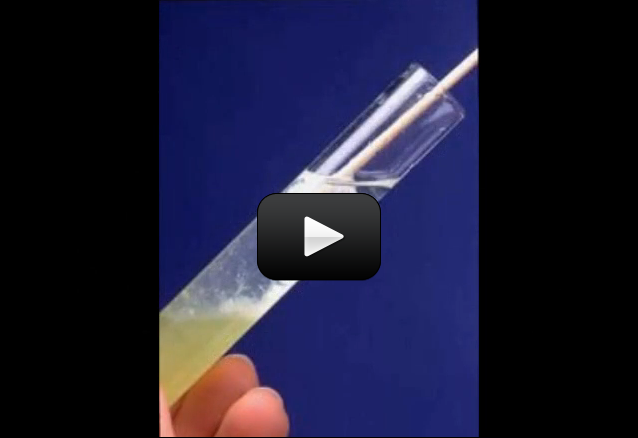If the cell has a nucleus, the DNA is located in the nucleus. If not, it is found in the cytoplasm. DNA is the genetic material that has all the information about a cell.
DNA is a long molecule found in the formed by of two strands of genes. DNA carries two copies—two “alleles”—of each gene. Those alleles can either be similar to each other (homozygous), or dissimilar (heterozygous).
We’re going to learn how to extract DNA from any fruit or vegetable you have lying around the fridge. Are you ready?
Please login or register to read the rest of this content.


Nope, this experiment requires fruits and vegetables.
can I use something else other than fruits and vegetables
never mind, I figured it out! Thanks!
Amber
Hi, In the article above it references a few videos. I don’t see any link or video. I’d love to watch them!
Thanks,
Amber
Yes, you can certainly try 50%… I’ve never used it for this experiment. Let me know if it works! 🙂
do you hav to use 91% alcohol Can i use 50%?
Wow, those last two videos made everything so much clearer (at last)! Thank you for posting such fantastic experiments and videos 😀
Laura F
You need a soap that contains a lot of air – if it floats in water, it will probably work.
Can we use Seventh Generation dish soap for this or does it need to be conventional petroleum based dish soap, like Dawn or Palmolive? (I think 7th Generation uses only plant based enzymes)
You should be looking for white strands. These are not actually single strands of DNA (which are too small to see under a light microscope,) but rather are clumps of many DNA strands all struck together. Don’t expect anything that looks like a double helix – you would need an electron microscope to be able to see DNA is such detail as to be able to make out structure. Still, seeing DNA even at this level of magnification is pretty cool.
As far as seeing the layers in the cup, if you can clearly see the top and bottom layers, try to take a sample from directly in between the two.
One other question: will the DNA strands be quite easy to identify? We’ve tried this with an apple and a banana and can see the alcohol/juice layers in the cup, but it’s hard to see any strands in the middle.
Is there anything disinctive about the DNA when looking for it under the microscope? We’re seeing general pieces of something, but it looks like it could just be pulp, dirt, or some other thing that isn’t DNA. Thanks.